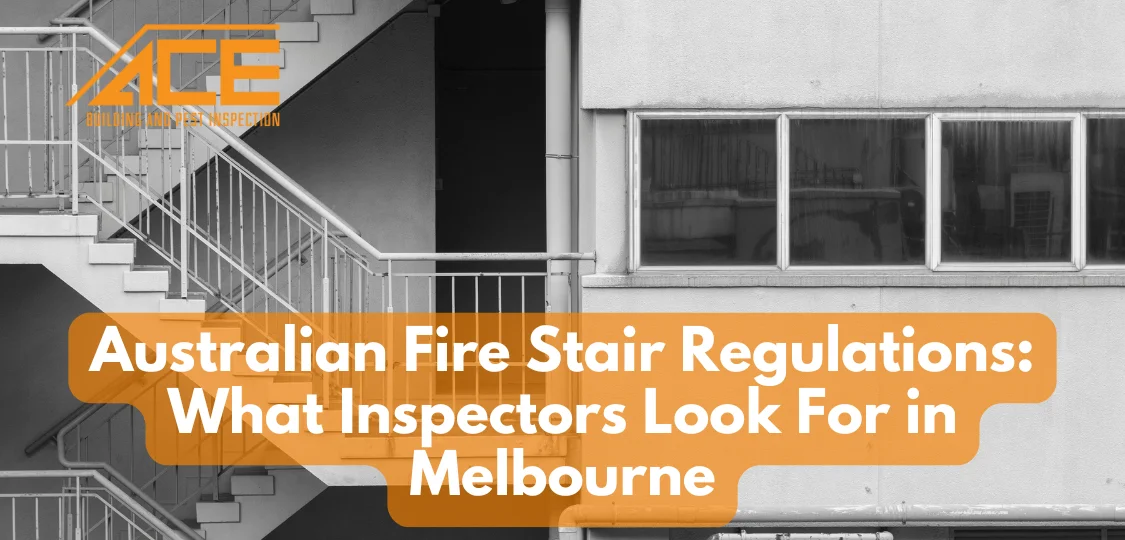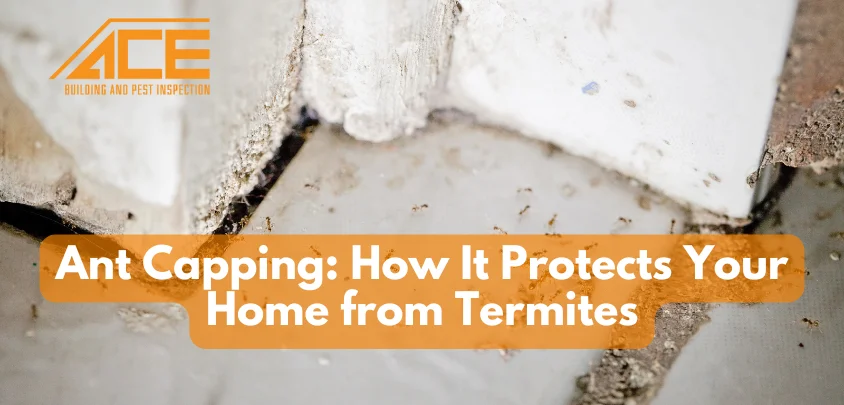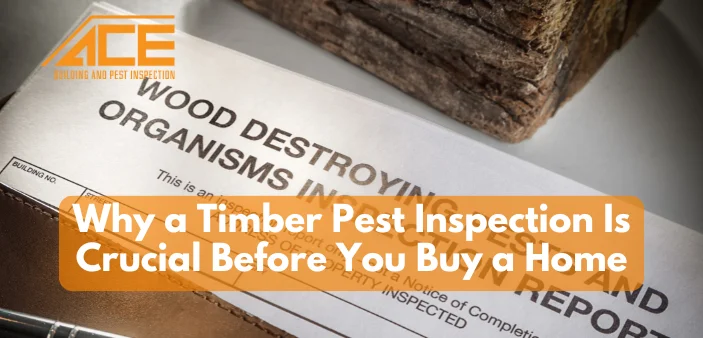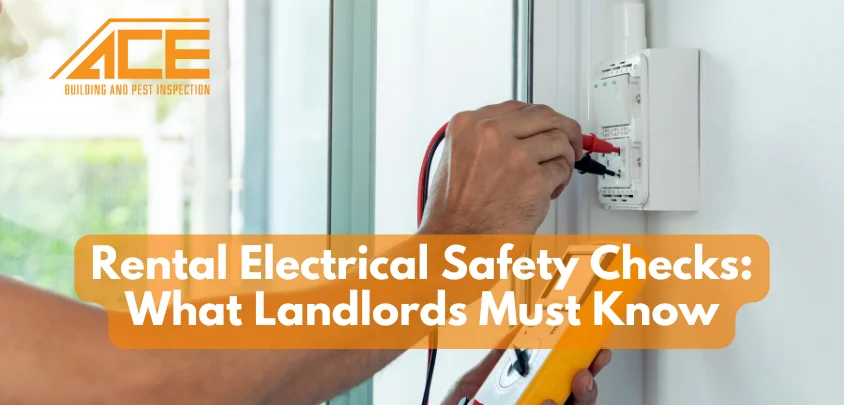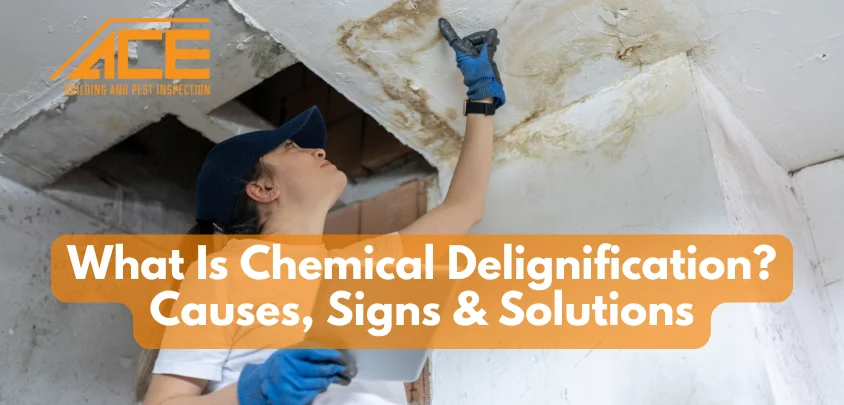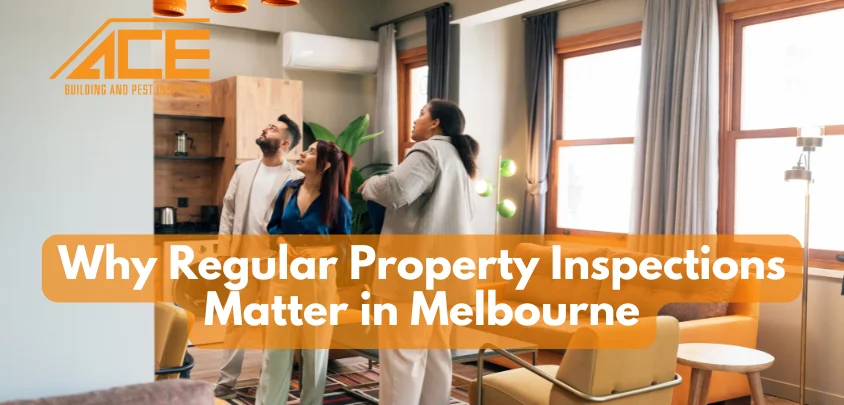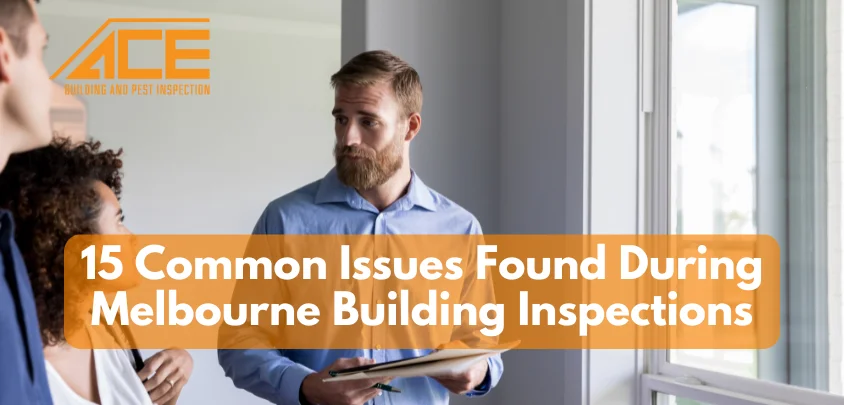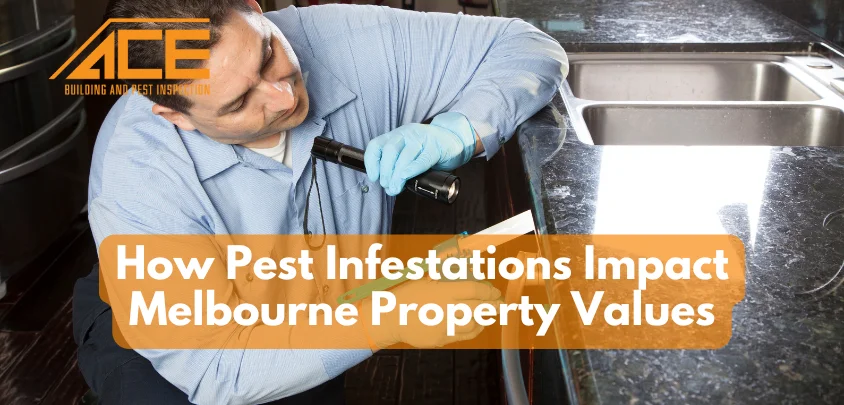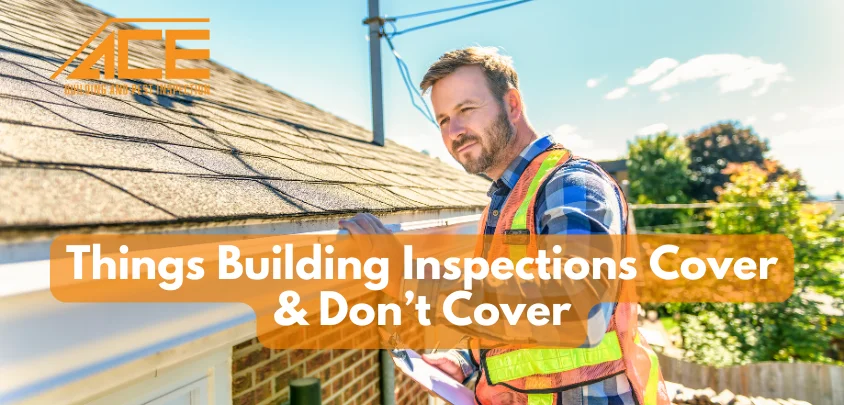Table of Content
When it comes to fire safety in Melbourne, fire stairs are one of those things most people don’t think about—until there’s an emergency. While they might look like any old staircase tucked away at the back of a building, they’re actually crucial in helping people escape safely during a fire.
So, if you’re a building owner, manager, or even a tenant in Victoria, understanding the regulations around fire stairs is a must. Especially in a city like Melbourne, where commercial and residential developments are packed in close together, safety compliance is non-negotiable.
Let’s unpack what you need to know and what inspectors are really looking for when they check your building’s fire stairs.
What Are Fire Stairs and Why Do They Matter?
Fire stairs—also called emergency stairwells or fire escapes—are designed to help people evacuate a building quickly and safely in case of fire. Unlike regular stairs, they must meet strict fire safety standards and construction codes under the National Construction Code (NCC) and Victorian regulations.
These stairwells are usually enclosed, fire-rated, and built to withstand heat, smoke, and panic—all things you definitely don’t want during a fire.
In Melbourne’s multi-storey apartments, offices, shopping centres and high-rises, fire stairs aren’t just a legal requirement—they’re a lifeline.
The Legal Framework in Victoria
If you’re based in Melbourne, fire stair compliance is guided by:
- National Construction Code (NCC) – Volumes 1 & 2
- Victorian Building Authority (VBA)
- Metropolitan Fire Brigade (MFB) or Fire Rescue Victoria (FRV)
- Australian Standards (such as AS 3745 and AS 4655)
These regulations outline everything from fire door performance to emergency lighting and signage. And yes, inspectors are quite strict—so staying on top of it matters.
What Do Fire Inspectors Look For in Melbourne?
Now, onto the big question—what do inspectors actually look for during a fire stair inspection in Victoria?
1. Obstruction-Free Access
Melbourne fire inspectors won’t tolerate fire stairs being used for storage. Bikes, prams, boxes, even mop buckets—all of it has to go.
Why? Because in an emergency, every second counts. Anything that blocks or slows people down can cost lives.
2. Emergency Signage and Lighting
Exit signs must comply with AS 2293.1, and you need emergency lighting that kicks in during a power failure. Inspectors will check for:
- Clearly visible illuminated exit signs
- Directional arrows pointing to stairwells
- Emergency lights functioning and tested regularly
If these lights aren’t working, you’re looking at a compliance breach—and a major safety issue.
3. Compliant Fire Doors
Every entry into a fire stairwell should have a self-closing fire-rated door. In Melbourne, these are critical in stopping smoke and heat from entering escape routes.
Inspectors look for:
- Doors that automatically close and latch
- No damage to seals or hinges
- Fire certification tags visible (not painted over!)
- No wedges, stoppers or door props
Even if the door’s been jammed open for convenience, that alone can fail your inspection.
4. Fire-Rated Construction
The stairwell itself must be built with fire-resistant materials—usually with a two-hour rating. This means it can resist fire for 120 minutes, giving people time to evacuate.
Inspectors will check for:
- Any holes or penetrations in walls
- Proper sealing around pipes or cables
- Whether the stairwell complies with NCC requirements for fire resistance
This is especially important in older buildings being renovated or repurposed in suburbs like Carlton, Fitzroy, or Richmond.
5. Smoke Control and Stairwell Pressurisation
Some high-rise buildings in Melbourne’s CBD or Docklands are fitted with pressurisation systems to keep smoke out of stairwells. These systems force clean air into the stairwell during a fire.
Inspectors will want to verify that:
- Pressurisation fans are working
- Systems are regularly tested
- Maintenance logs are up to date
If smoke enters a stairwell, evacuation becomes incredibly dangerous.
6. Stair Condition and Safety
It’s not just about fire. Inspectors also look for basic physical safety:
- Handrails are secure and continuous
- Treads are non-slip and even
- No broken steps, loose bolts, or dodgy surfaces
People might be running in a panic—these stairs need to be safe even in chaos.
7. Unimpeded Ground-Level Exit
The fire stairs must lead outside to a safe area—not into a locked yard, underground car park, or enclosed courtyard.
Melbourne inspectors will follow the exit path to check:
- The door opens easily (no special key or swipe card needed)
- The path leads to open air and is not blocked
- Exit doors aren’t alarmed without proper notification
This is particularly important in complexes with shared courtyards or security gates.
8. Up-to-Date Maintenance Records
You’ll need to show that you’ve been regularly checking and servicing your fire stairs. That includes:
- Annual fire door inspections
- Exit sign and emergency light testing
- Logbooks or digital reports
- Any repairs or modifications documented
In Victoria, building owners are often required to submit an Annual Essential Safety Measures Report (AESMR)—so keeping these records is essential.
Common Mistakes in Melbourne Buildings
Here are some mistakes we see all too often in buildings across Melbourne:
- Using stairwells as storage areas
- Tampering with fire doors or removing closers
- Painting over fire rating labels
- Failing to test emergency lighting
- Exit routes leading to locked or restricted areas
These might seem minor, but they’re enough to get you flagged during an inspection—or worse, cause injury during a real emergency. They’re also among the most common issues found during inspections in Melbourne buildings.
What Happens If You’re Not Compliant?
In Victoria, fire safety non-compliance can come with serious consequences:
- Fines from the VBA or local council (can reach tens of thousands)
- Legal liability if someone is injured or worse
- Insurance issues—claims can be rejected
- Fire Brigade notices requiring immediate rectification
- Closure or evacuation orders
Not a situation you want to be in.
Tips for Staying Compliant in Melbourne
If you own or manage a building in Melbourne, here’s how to stay on top of things:
- Do a monthly walkthrough of all stairwells.
- Don’t allow anyone to store things in the stairwell—even temporarily.
- Have emergency lighting and signs tested every 6 months or as per AS 2293.
- Work with experienced local experts who understand Victorian fire regulations.
- Submit your AESMR on time and keep detailed maintenance logs.
When in doubt, it’s worth hiring a professional like ACE Building and Pest Inspections to identify issues early and ensure your building stays compliant.
Final Thoughts
In a city like Melbourne, where we’ve got everything from high-rise offices to quirky converted warehouses, fire stair compliance isn’t just about ticking boxes—it’s about keeping people safe.
Fire stairs save lives, but only when they’re properly maintained, well-lit, and fully accessible. If you’re unsure whether your building’s up to scratch, get in touch with an experienced local fire safety expert who knows Melbourne’s regulations inside out.
At the end of the day, it’s better to stay ahead of the inspection than be caught out after the fact.
Need help getting your fire stairs compliant? Reach out to local professionals in Melbourne who specialise in fire safety compliance and stay on the safe side—literally.
More Resources:
